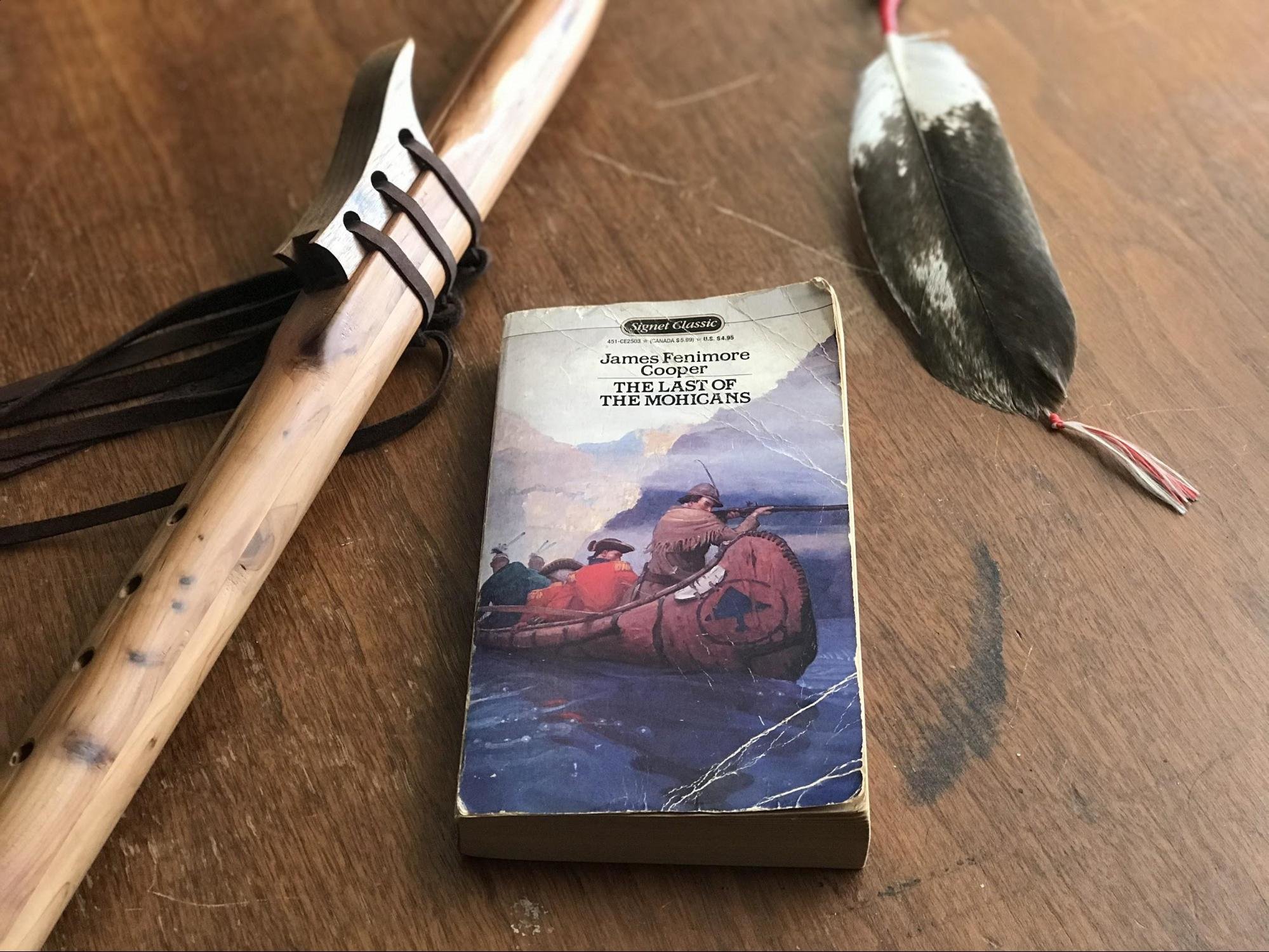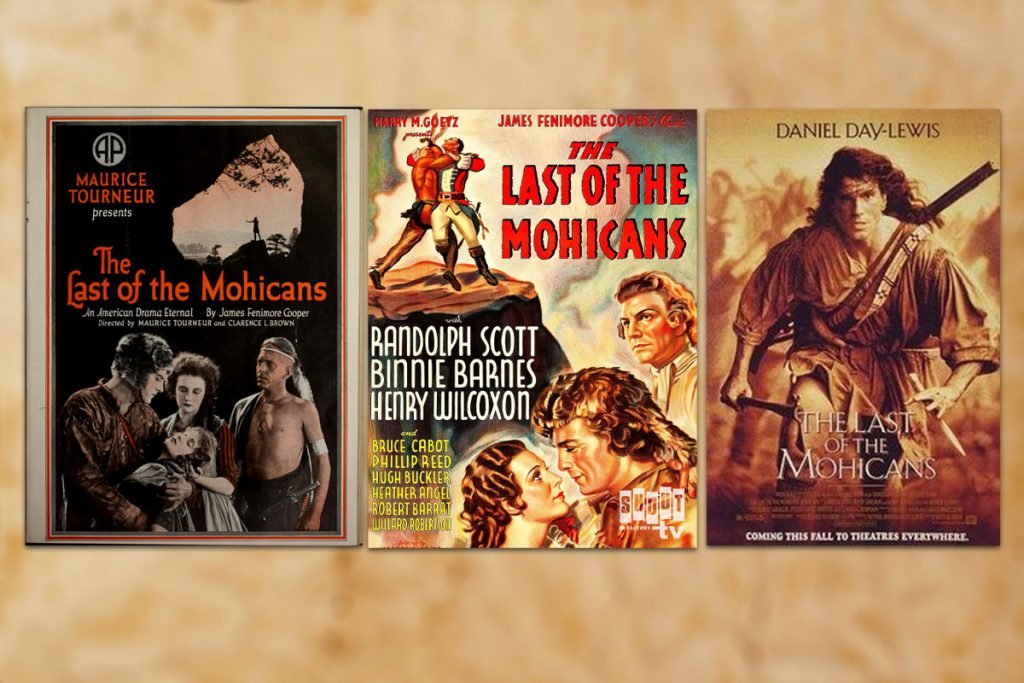
Photo by Mac Caltrdider/Coffee or Die Magazine.
“History, like love, is so apt to surround her heroes with an atmosphere of imaginary brightness.” — The Last of the Mohicans
It’s been 195 years since James Fenimore Cooper’s The Last of the Mohicans was published in 1826. The novel, set in 1757, follows Natty Bumppo, also known as Hawkeye or “The Long Rifle,” as he navigates the dangers of a war-torn New York frontier. Tasked with escorting the daughters of a British officer between remote outposts of the empire, Hawkeye finds himself immersed in a war between British, French, Huron, Mohican, and American forces. Hawkeye’s journey provides a glimpse into the North American front of the Seven Years’ War, also known as the French and Indian War. Brutal 18th-century combat is beautifully mixed with romance and the awe-inspiring backdrop of the Adirondack Mountains. It is no wonder that The Last of the Mohicans is often considered the first Great American Novel.
Cooper’s literary classic is a staple of many high school literature courses, and rightfully so. The book depicts a key moment in American history, as told from the perspective of an American less than 70 years after the story takes place. The book has proved to be a major influence in our collective memory of the war and, more importantly, how we view Native Americans, westward expansion, and the American spirit.
Hawkeye is the quintessential frontiersman: constantly pitted against both human enemies and the dangers of the natural world. His story is one of survival, and Cooper crafts it perfectly. These themes, which later came to dominate the Western genre, directly influenced our shared national identity. The Last of the Mohicans helped perpetuate the myth that it was America’s destiny to drive westward and “settle” an untamed continent. Cooper’s depictions of the major Mohican and Huron characters shaped modern stereotypes of Native Americans.
Hawkeye’s closest allies, Chingachgook and Uncas, both Mohican, epitomize the wise, stoic Native American character we are all so familiar with. Magua, the novel’s Huron antagonist, exemplifies the other end of native stereotypes with his savage violence and alcoholism. Hawkeye, a frontiersman of European descent, embodies the classic American hero; he is resourceful and fiercely independent. While Cooper was the first to create such characters, their influence proved so powerful that both European American and Native American characters are still shaped by these molds.
The Last of the Mohicans was the second book of a larger pentalogy; however, it is universally regarded as Cooper’s magnum opus. And while it is just one part of Hawkeye’s five-part storyline, it is the only one to boast 11 film adaptations, the most successful of which is Michael Mann’s 1992 movie starring Daniel Day-Lewis as Hawkeye and Wes Studi as Magua. Mann is recognized as one of today’s best directors, in part due to his success in creating hyperrealistic action sequences. His infamous gunfight scene in 1995’s Heat (also starring Studi) is largely considered the greatest cinematic gunfight of all time.

Mann’s ability to depict action on a large scale without sacrificing realism is never more visible than in The Last of the Mohicans, most notably in a scene in which a large British force is ambushed by numerically superior Huron. This scene shines above what is an otherwise fantastic film. Mann captures the equally confusing and horrifying action of an ambush in wide angle, and brings the stress of rural combat to life. Combined with Lewis’ legendary method acting and Studi’s own combat experience from Vietnam, the film reaches an unrivaled level of authenticity. Anyone who has experienced an ambush firsthand will immediately recognize the realism. Never sacrificing his authentic style for spectacle, Mann succeeds in bringing Cooper’s timeless story of 18th-century combat to the big screen.
Of the 11 directors who have adapted The Last of the Mohicans, Mann is surprisingly the most critical of the original book. In a 2012 interview for Uproxx, Mann said, “It’s not a very good book. […] The novel is almost a justification for a massive land grab […] that the Euro-Americans will be a better steward of the riches that God bestowed upon American Indians. And that, of course, was not the perspective of American Indians. So the revision of history was one of the things I didn’t care for in the novel.” Despite this critical view, Mann’s adaptation reintroduced the novel to popular culture, where it has not faded in the three decades since the film’s release.
James Fenimore Cooper’s 1826 classic paved the way for leviathans like Herman Melville’s Moby-Dick (1851) and Western epics like Cormac McCarthy’s Blood Meridian (1985). At times a little wordy and historically problematic, The Last of the Mohicans continues to be a must-read for fans of American literature and American history. And for those readers who fall in love with Hawkeye’s story, there are four more installments in his North American adventures.
Read Next: Verses Born in Battle: A Comparison of World War I and GWOT War Poetry

Mac Caltrider is a senior staff writer for Coffee or Die Magazine. He served in the US Marine Corps and is a former police officer. Caltrider earned his bachelor’s degree in history and now reads anything he can get his hands on. He is also the creator of Pipes & Pages, a site intended to increase readership among enlisted troops. Caltrider spends most of his time reading, writing, and waging a one-man war against premature hair loss.
BRCC and Bad Moon Print Press team up for an exclusive, limited-edition T-shirt design!
BRCC partners with Team Room Design for an exclusive T-shirt release!
Thirty Seconds Out has partnered with BRCC for an exclusive shirt design invoking the God of Winter.
Lucas O'Hara of Grizzly Forge has teamed up with BRCC for a badass, exclusive Shirt Club T-shirt design featuring his most popular knife and tiomahawk.
Coffee or Die sits down with one of the graphic designers behind Black Rifle Coffee's signature look and vibe.
Biden will award the Medal of Honor to a Vietnam War Army helicopter pilot who risked his life to save a reconnaissance team from almost certain death.
Ever wonder how much Jack Mandaville would f*ck sh*t up if he went back in time? The American Revolution didn't even see him coming.
A nearly 200-year-old West Point time capsule that at first appeared to yield little more than dust contains hidden treasure, the US Military Academy said.












